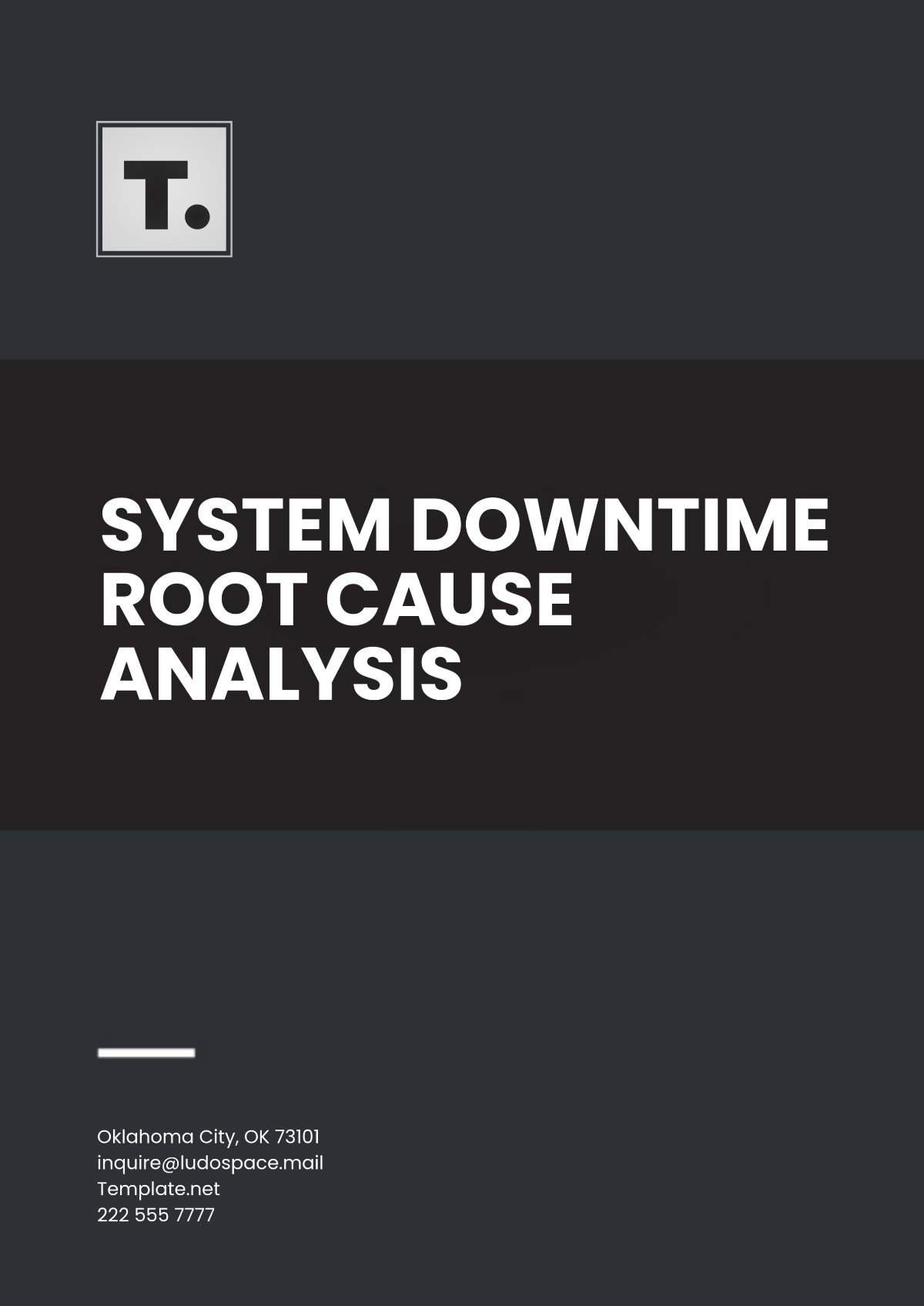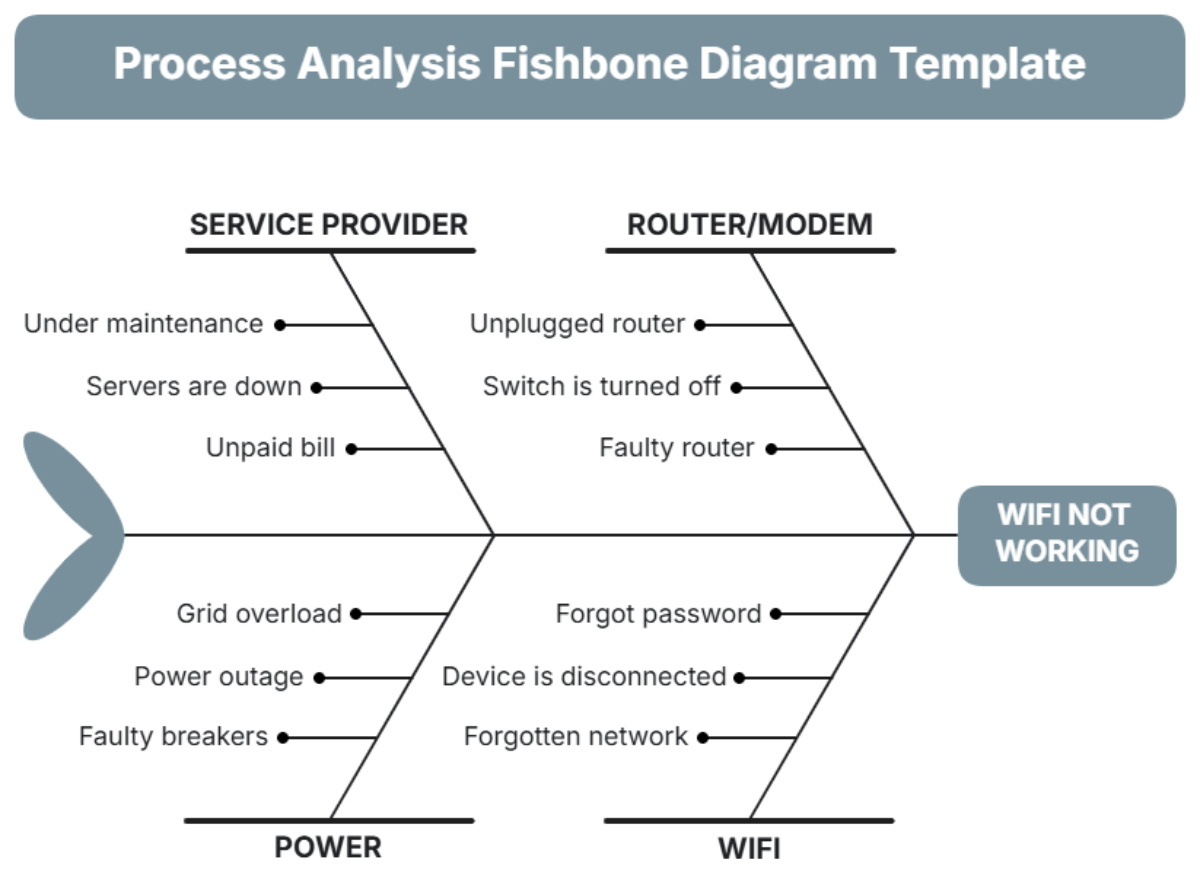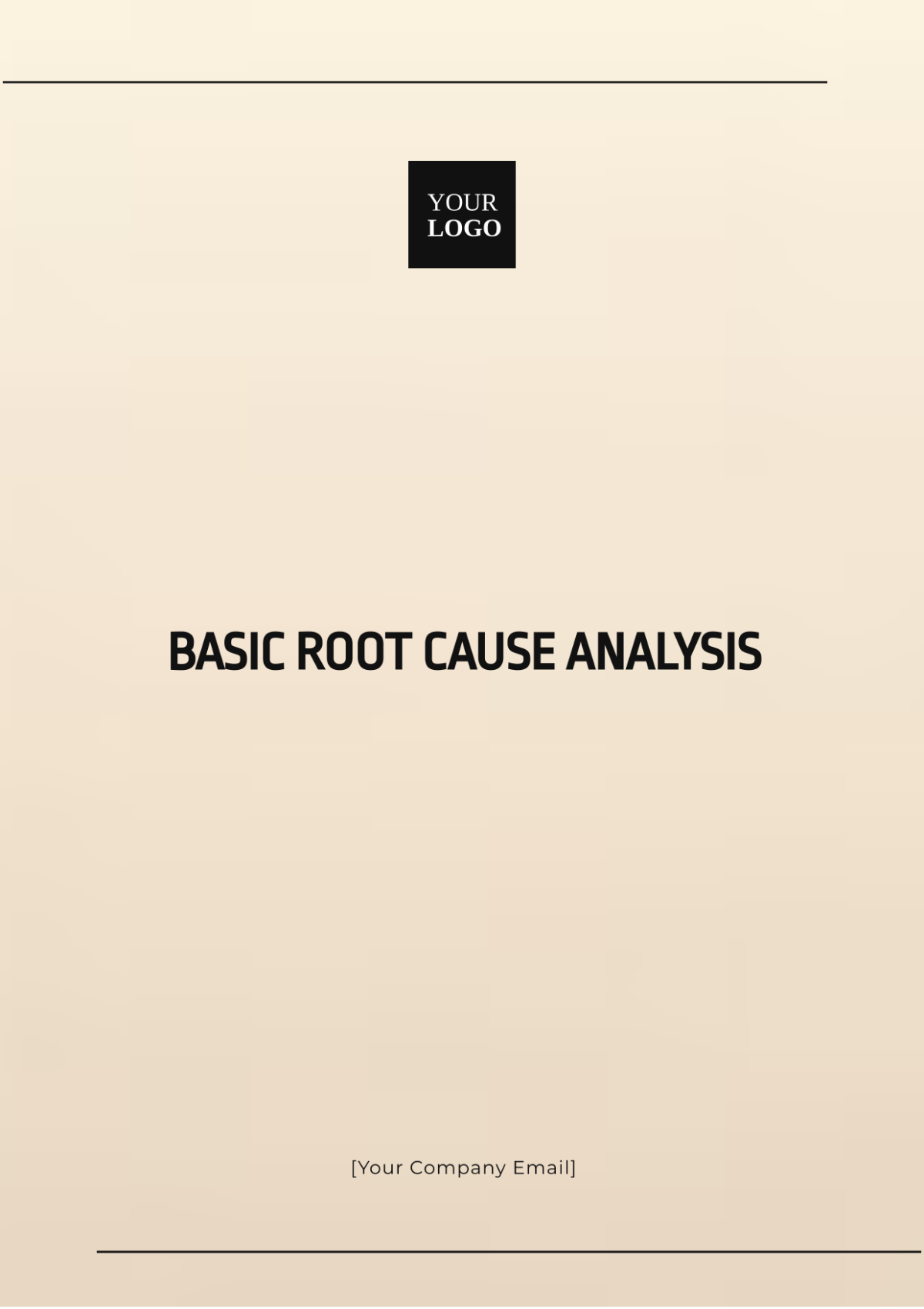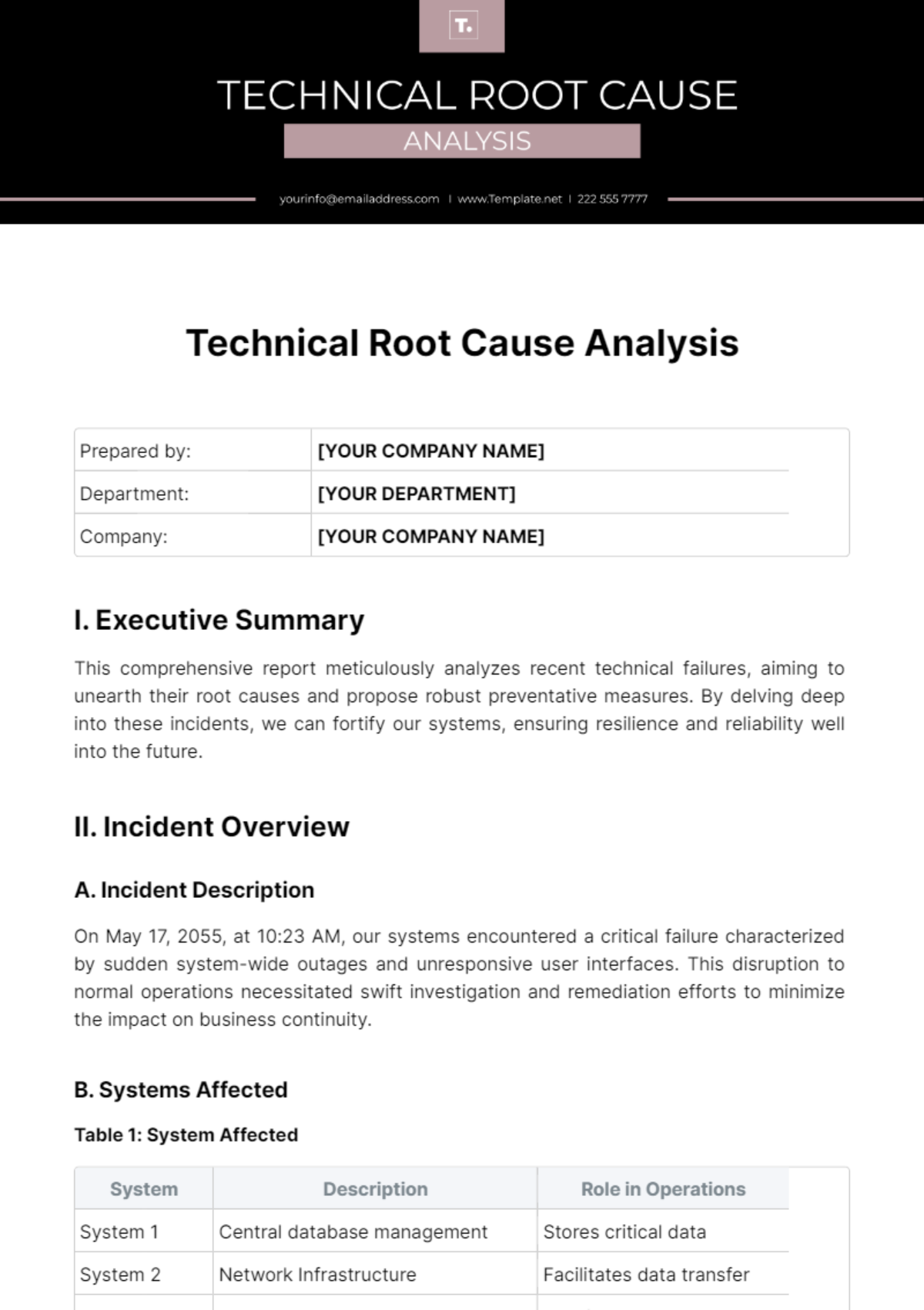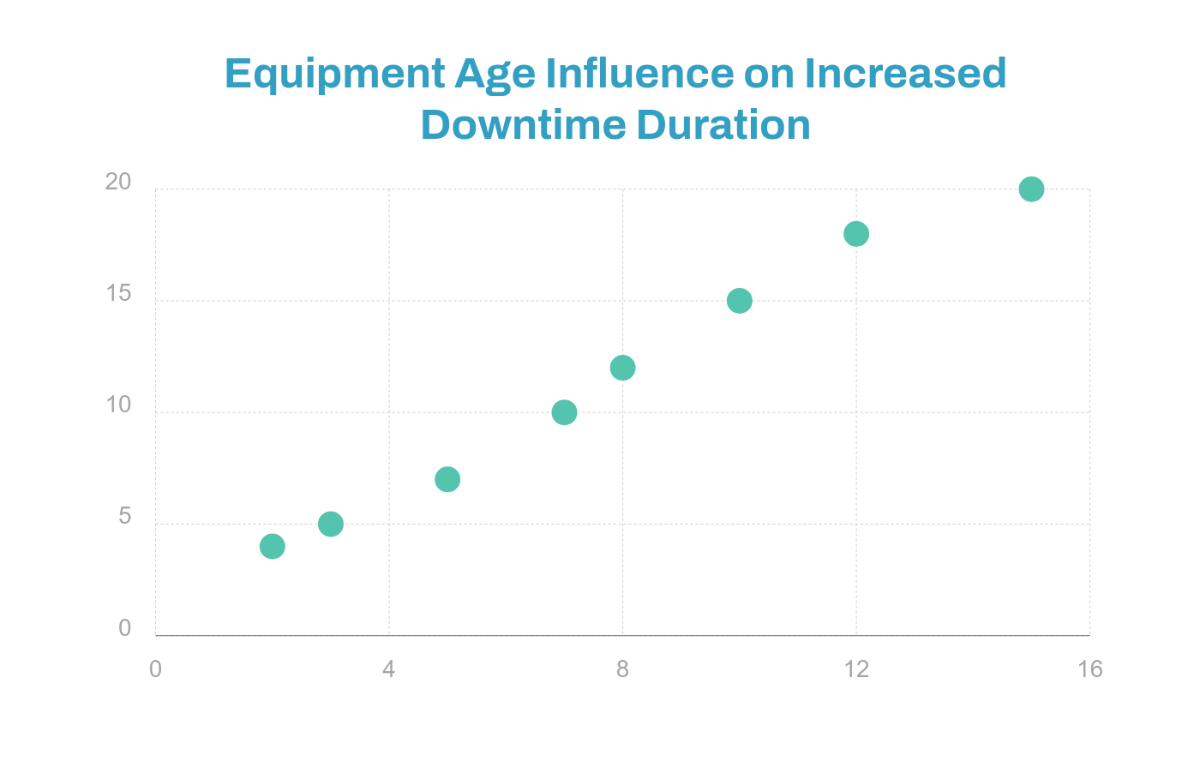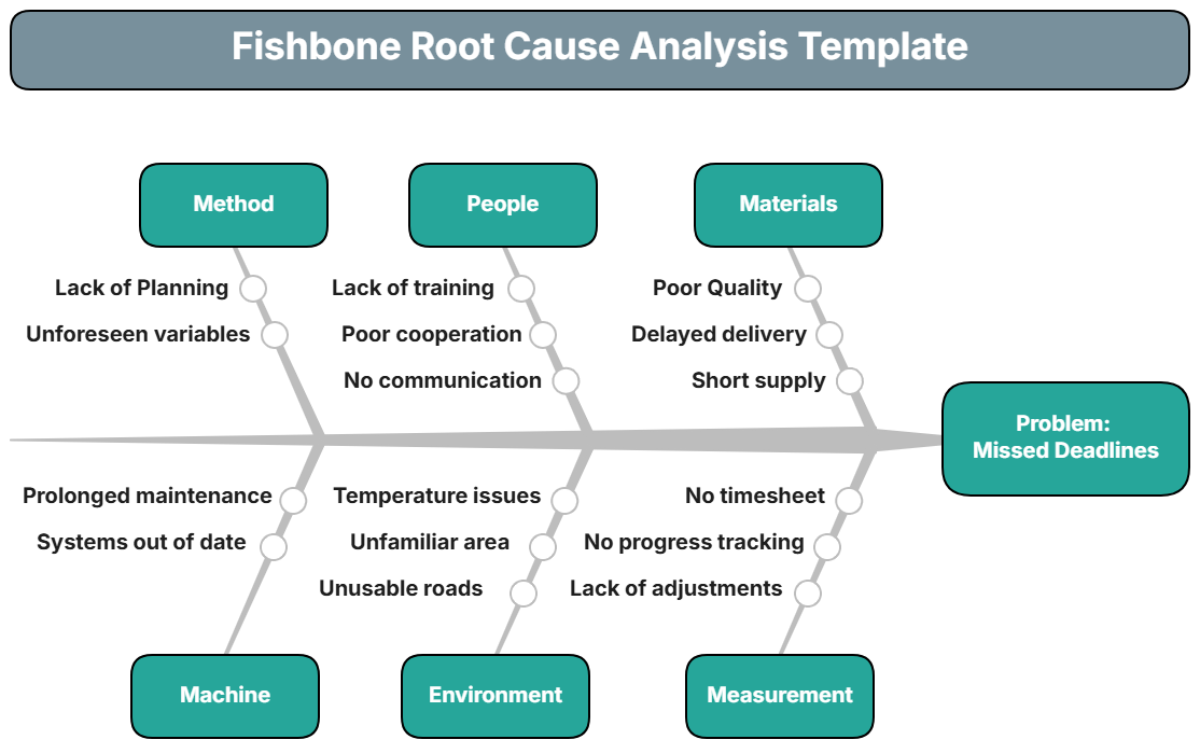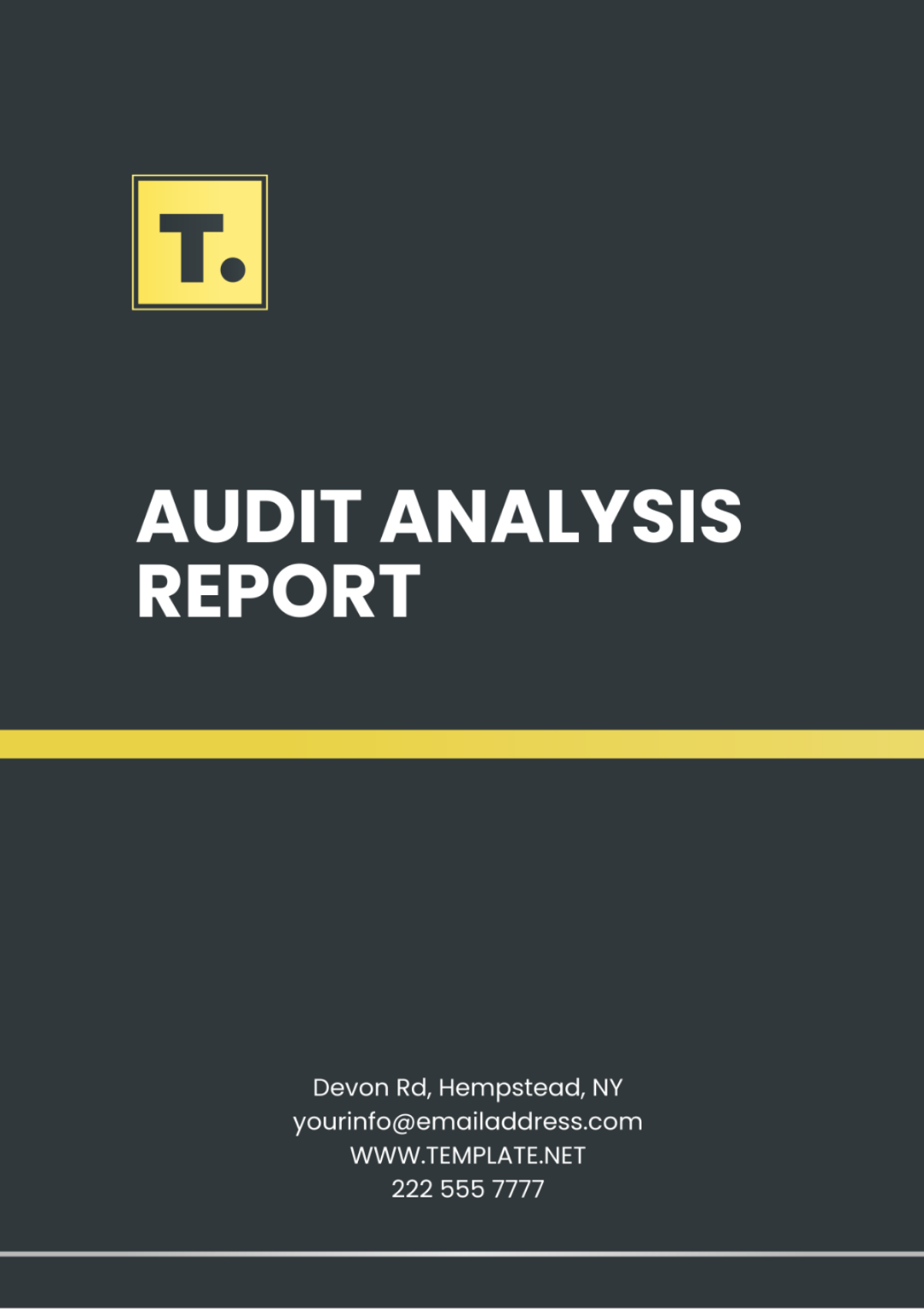Gym Attendance Analysis
This document provides a comprehensive analysis of gym attendance patterns at [Your Company Name]. It aims to identify trends, peak hours, and areas for improvement to enhance member satisfaction and optimize gym operations.
1. Introduction
Understanding attendance patterns is crucial for the effective management of gym facilities. This analysis will provide insights into member behavior, identify peak usage times, and help in making data-driven decisions to improve services and member experience.
2. Data Collection
Collecting accurate and comprehensive data is essential for understanding gym attendance patterns. This chapter outlines the methodology used for data collection, the sample size, and the types of data gathered over a specified period to ensure a thorough analysis of member attendance and usage of gym facilities. The reliability and validity of the collected data play a crucial role in deriving meaningful insights that can drive operational improvements and strategic decisions.
2.1 Methodology
The data collection methodology employed by [Your Company Name] was designed to capture a comprehensive picture of gym usage patterns. The methodology combined both quantitative and qualitative data sources to provide a robust analysis.
Check-In Systems:
The primary source of data was the gym's check-in system. Each member is required to swipe their membership card upon entering the gym, which records the date and time of their visit. This system provided accurate data on the frequency and timing of member visits. To ensure the accuracy of the data, the check-in system is regularly maintained and synchronized with the gym's central database.
Class Registration Logs:
Another critical data source was the class registration logs. Members are required to sign up for classes in advance, and these logs provided detailed information on class attendance. The logs include data on the type of class, the number of participants, and the time and date of each class session. This data helped in understanding which classes are most popular and identifying patterns in class attendance.
Member Surveys:
To complement the quantitative data from the check-in systems and class registration logs, qualitative data was gathered through member surveys. These surveys were designed to capture members' perceptions of the gym facilities, the quality of the classes, and their overall satisfaction with the gym experience. The surveys included questions about the members' fitness goals, frequency of gym visits, preferred workout times, and feedback on the facilities and services. The surveys were distributed both online and in paper form to ensure a high response rate.
Observation and Manual Counts:
In addition to automated data collection methods, manual counts and observations were conducted by gym staff during peak and off-peak hours. These observations provided contextual data on how different areas of the gym were utilized, such as the cardio area, weight training zones, and group class studios. Staff recorded the number of people using each facility at different times of the day and noted any patterns or issues.
Data Integration and Cleaning:
Once collected, the data from various sources was integrated into a central database. Data cleaning processes were implemented to remove any duplicates, correct errors, and fill in missing values. This step was crucial to ensure the accuracy and reliability of the analysis. The cleaned data was then categorized and structured for analysis, with clear identifiers for each member and each visit.
2.2 Data Sample
The sample size for the data collection consisted of 1,500 active members who visited the gym from January to June 2050. This period was chosen to capture seasonal variations in gym attendance, as well as to provide a substantial amount of data for analysis.
Member Demographics:
The sample included a diverse range of members in terms of age, gender, and fitness levels. This diversity ensured that the data was representative of the gym's overall membership. Members ranged from young adults to seniors, and included both novice gym-goers and experienced fitness enthusiasts. The demographic data was used to segment the analysis and identify patterns specific to different groups of members.
Visit Frequency:
The members in the sample varied in their frequency of visits. Some members visited the gym daily, while others visited a few times a week or sporadically. This variation provided insights into the different usage patterns and helped identify the factors that influenced member retention and engagement. The data on visit frequency was used to classify members into different categories, such as regulars, occasional users, and infrequent visitors.
Class Participation:
The data sample also included detailed information on class participation. Members signed up for a variety of classes, including yoga, spinning, HIIT, Pilates, and more. The class registration logs provided data on the average attendance for each type of class, the most popular times for classes, and the frequency with which members attended classes. This information was crucial for understanding the demand for different classes and optimizing the class schedule.
Facility Usage:
In addition to overall attendance, the data included information on how members used different facilities within the gym. This included the cardio area, weight training zones, group class studios, and other amenities like the swimming pool and sauna. The data on facility usage helped identify peak usage times for each area and highlighted any bottlenecks or areas that required additional resources.
Feedback and Satisfaction:
The member surveys provided qualitative data on member satisfaction and feedback. The surveys captured information on members' perceptions of the gym's cleanliness, the quality of equipment, the friendliness of staff, and the overall atmosphere of the gym. This feedback was essential for understanding the factors that influenced member satisfaction and identifying areas for improvement.
Integration with Member Profiles:
The data collected was integrated with existing member profiles to provide a comprehensive view of each member's engagement with the gym. This integration allowed for a more detailed analysis of individual member behavior and helped identify patterns that could be addressed through targeted interventions.
By employing a multi-faceted data collection approach, [Your Company Name] was able to gather a rich dataset that provided deep insights into gym attendance patterns. This comprehensive data collection methodology ensured that the analysis was robust, reliable, and actionable, allowing the gym to make informed decisions to enhance member experience and optimize operations.
3. Overall Attendance Trends
Analyzing overall attendance trends provides a clear picture of gym usage over time. This chapter presents monthly attendance figures, highlighting any significant increases or decreases. Understanding these trends helps in planning resources, staffing, and marketing efforts to sustain and grow the member base.
3.1 Monthly Attendance
The table below shows the monthly attendance figures:
Month | Total Check-Ins | Average Daily Check-Ins |
|---|---|---|
January | 12,000 | 387 |
February | 11,500 | 411 |
March | 13,200 | 426 |
April | 12,800 | 427 |
May | 13,500 | 435 |
June | 14,000 | 467 |
3.2 Analysis
The data indicates a steady increase in gym attendance, with a notable peak in June. This trend suggests a growing member base and increased engagement with the gym facilities.
4. Peak Hours and Facility Usage
Identifying peak hours and understanding facility usage patterns are crucial for optimizing gym operations. This chapter examines the times of day when the gym experiences the highest member turnout and how different facilities are utilized during these times. Such insights aid in effective scheduling and resource allocation.
4.1 Peak Hours
Identifying peak hours helps in optimizing staff schedules and managing facility usage. The table below highlights the peak usage times:
Time of Day | Average Member Count |
|---|---|
Morning (6 AM - 9 AM) | 150 |
Midday (11 AM - 2 PM) | 100 |
Evening (5 PM - 8 PM) | 250 |
Late Night (8 PM - 10 PM) | 70 |
4.2 Facility Usage
The following table shows the usage of various gym facilities during peak hours:
Facility | Morning (%) | Midday (%) | Evening (%) | Late Night (%) |
|---|---|---|---|---|
Cardio Equipment | 60 | 40 | 80 | 30 |
Free Weights | 50 | 30 | 70 | 20 |
Resistance Machines | 55 | 35 | 75 | 25 |
Group Classes | 70 | 50 | 90 | 40 |
4.3 Analysis
Evening hours are the most crowded, particularly between 5 PM and 8 PM, with cardio equipment and group classes seeing the highest usage. This information is vital for scheduling maintenance and ensuring adequate staff coverage during these times.
5. Class Attendance
Class attendance data reveals member preferences for different types of fitness classes. This chapter provides an analysis of average attendance per class type, helping to identify the most popular classes and potential areas for expansion. Understanding class popularity assists in tailoring the class schedule to meet member demand.
5.1 Popular Classes
Understanding which classes are most popular can help in planning the schedule and allocating resources. The table below shows the average attendance per class type:
Class Type | Average Attendance per Class |
|---|---|
Yoga | 25 |
Spin | 30 |
HIIT | 35 |
Pilates | 20 |
Zumba | 28 |
5.2 Analysis
HIIT and Spin classes are the most popular, consistently drawing large numbers of participants. This indicates a strong preference for high-intensity workouts among members.
6. Member Feedback
Member feedback is an invaluable tool for assessing overall satisfaction and pinpointing areas for improvement within the gym. It serves as a direct line to understand member experiences, preferences, and expectations, enabling the gym to make informed decisions that enhance service quality and member retention. This chapter delves into the details of the satisfaction surveys conducted among members, presenting an analysis of their feedback across various aspects of the gym experience.
6.1 Satisfaction Survey
The satisfaction survey aimed to capture comprehensive feedback from members on multiple facets of their gym experience. The survey included questions about facility cleanliness, equipment availability, staff friendliness, class variety, and overall satisfaction. The feedback was collected over a six-month period, from January to June 2050, to ensure a broad and representative sample of the gym's membership.
Key Feedback Metrics:
Aspect | Satisfaction Rating (out of 5) |
|---|---|
Facility Cleanliness | 4.5 |
Equipment Availability | 4.2 |
Staff Friendliness | 4.7 |
Class Variety | 4.3 |
Overall Satisfaction | 4.6 |
6.2 Detailed Analysis
Facility Cleanliness
Facility cleanliness is a critical factor influencing member satisfaction. The gym received a high rating of 4.5 out of 5 for cleanliness, reflecting the effectiveness of its maintenance protocols. Members consistently highlighted the importance of a clean environment in their feedback, praising the regular cleaning schedules and the availability of sanitizing stations. However, some members noted that cleanliness standards occasionally dipped during peak hours, suggesting the need for increased cleaning staff during these times.
Equipment Availability
The availability of gym equipment scored 4.2 out of 5, indicating that while most members are satisfied, there is room for improvement. Feedback revealed that during peak hours, members often faced wait times for popular equipment such as treadmills and free weights. This issue was more pronounced in the evening hours, from 5 PM to 8 PM. To address this, the gym could consider investing in additional equipment and implementing a reservation system to better manage member usage during busy periods.
Staff Friendliness
Staff friendliness received the highest satisfaction rating at 4.7 out of 5. Members frequently commended the gym staff for their helpfulness, professionalism, and positive attitude. Personal trainers and front desk staff were particularly highlighted for their welcoming demeanor and willingness to assist members. Maintaining this high level of staff engagement is crucial for member retention and overall satisfaction.
Class Variety
The variety of classes offered was rated 4.3 out of 5, showing a strong appreciation for the range of options available. Members expressed enthusiasm for the diversity of classes, including yoga, spinning, HIIT, and Pilates. However, some feedback indicated a desire for more niche or advanced classes, suggesting an opportunity for the gym to expand its offerings to cater to different fitness levels and interests.
Overall Satisfaction
Overall satisfaction with the gym scored 4.6 out of 5, reflecting a generally positive member experience. The high overall rating suggests that the gym is successfully meeting the needs and expectations of its members, though continuous improvement is necessary to maintain and enhance satisfaction levels.
6.3 Rating System
To provide a clearer picture of member satisfaction, a rating system was implemented based on the feedback received. Each aspect of the gym experience was rated on a scale of 1 to 5, with 1 being "Very Dissatisfied" and 5 being "Very Satisfied." The aggregated ratings are as follows:
Facility Cleanliness: 4.5
Equipment Availability: 4.2
Staff Friendliness: 4.7
Class Variety: 4.3
Overall Satisfaction: 4.6
These ratings were derived from the survey responses and reflect the gym's strengths and areas for improvement.
6.4 Key Insights and Actionable Feedback
The member feedback provided several key insights and actionable items:
Facility Cleanliness: Maintain high cleanliness standards by increasing cleaning staff during peak hours.
Equipment Availability: Invest in additional equipment and consider implementing a reservation system to reduce wait times.
Staff Friendliness: Continue training and supporting staff to ensure a welcoming and professional environment.
Class Variety: Expand the class schedule to include more niche and advanced options to cater to diverse member interests.
By addressing these areas, the gym can enhance member satisfaction, improve operational efficiency, and foster a more engaging and supportive environment for all members.
The member feedback chapter highlights the importance of understanding and acting on member insights to maintain high satisfaction levels. By focusing on cleanliness, equipment availability, staff engagement, and class variety, the gym can continue to meet and exceed member expectations, ensuring a positive and rewarding experience for all.
7. Recommendations
Based on the data and analysis presented in the previous chapters, this chapter offers actionable recommendations to improve gym operations. These suggestions aim to address identified issues, enhance member experience, and optimize facility usage to ensure the gym continues to meet the needs of its members effectively.
7.1 Increase Equipment Availability
To address the high usage of cardio equipment and free weights during peak hours, it is recommended to add more machines and weights. This will help reduce wait times and improve member satisfaction.
7.2 Optimize Class Schedules
Given the popularity of HIIT and Spin classes, consider adding more sessions during peak times to accommodate the high demand.
7.3 Enhance Member Experience
Continue to focus on facility cleanliness and staff training to maintain high satisfaction levels. Additionally, gather regular feedback to stay updated on member preferences and needs.
8. Conclusion
This analysis provides valuable insights into gym attendance patterns, peak usage times, and member preferences. By addressing the identified areas for improvement, [Your Company Name] can enhance the overall member experience, optimize facility usage, and continue to grow its member base.








